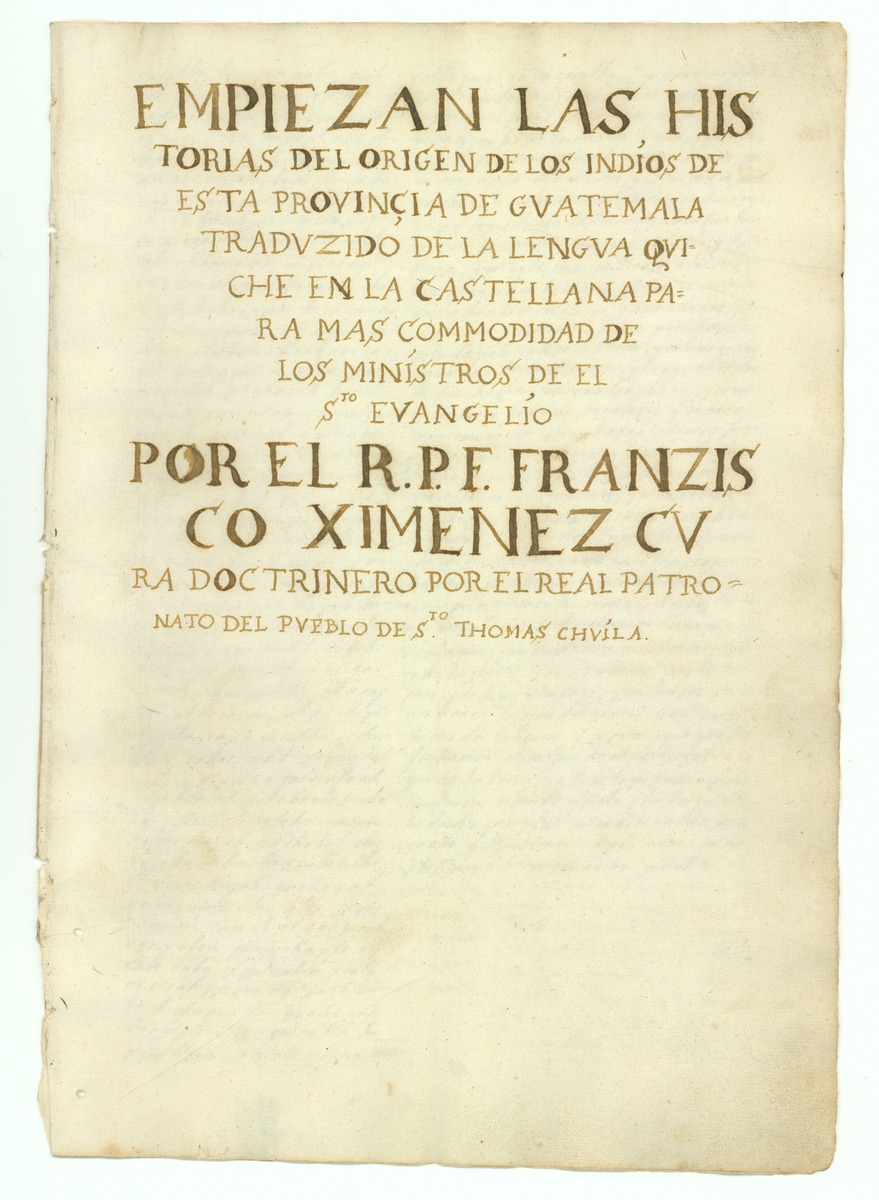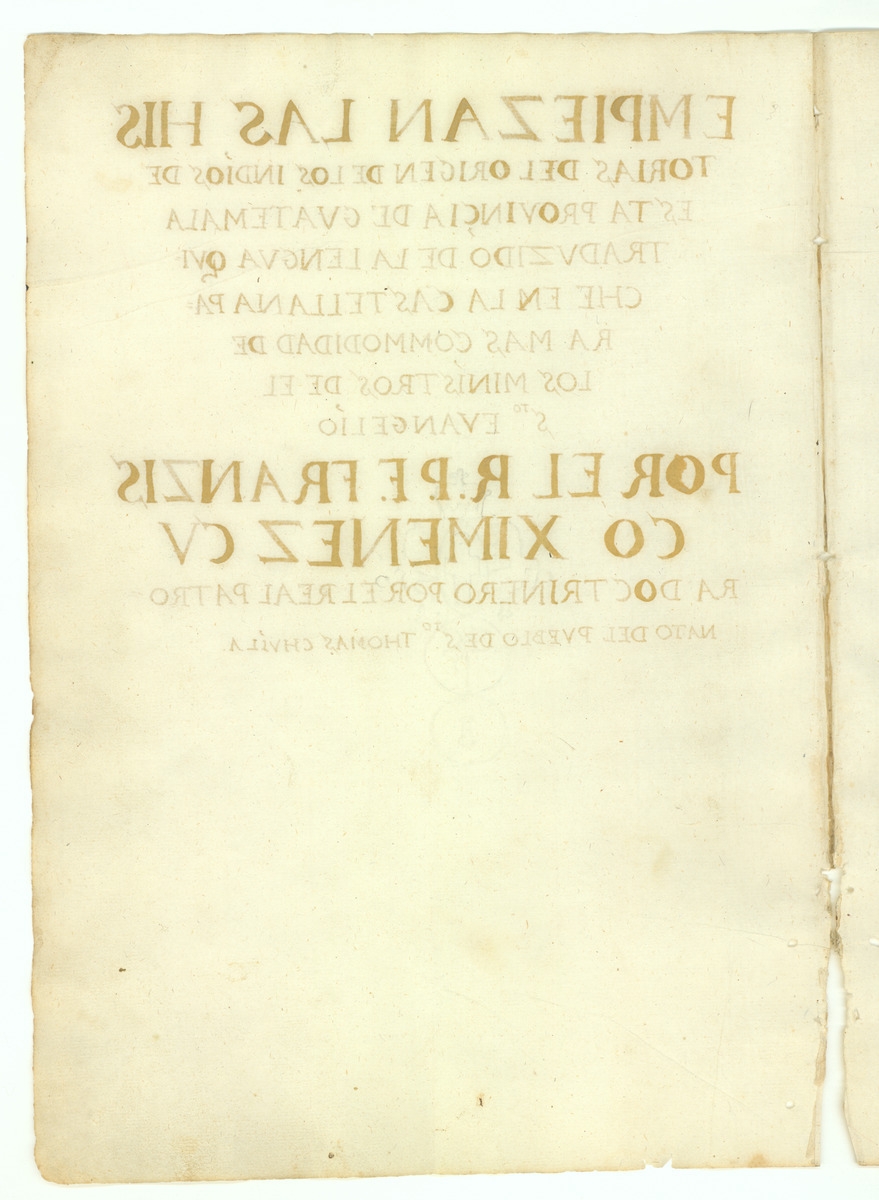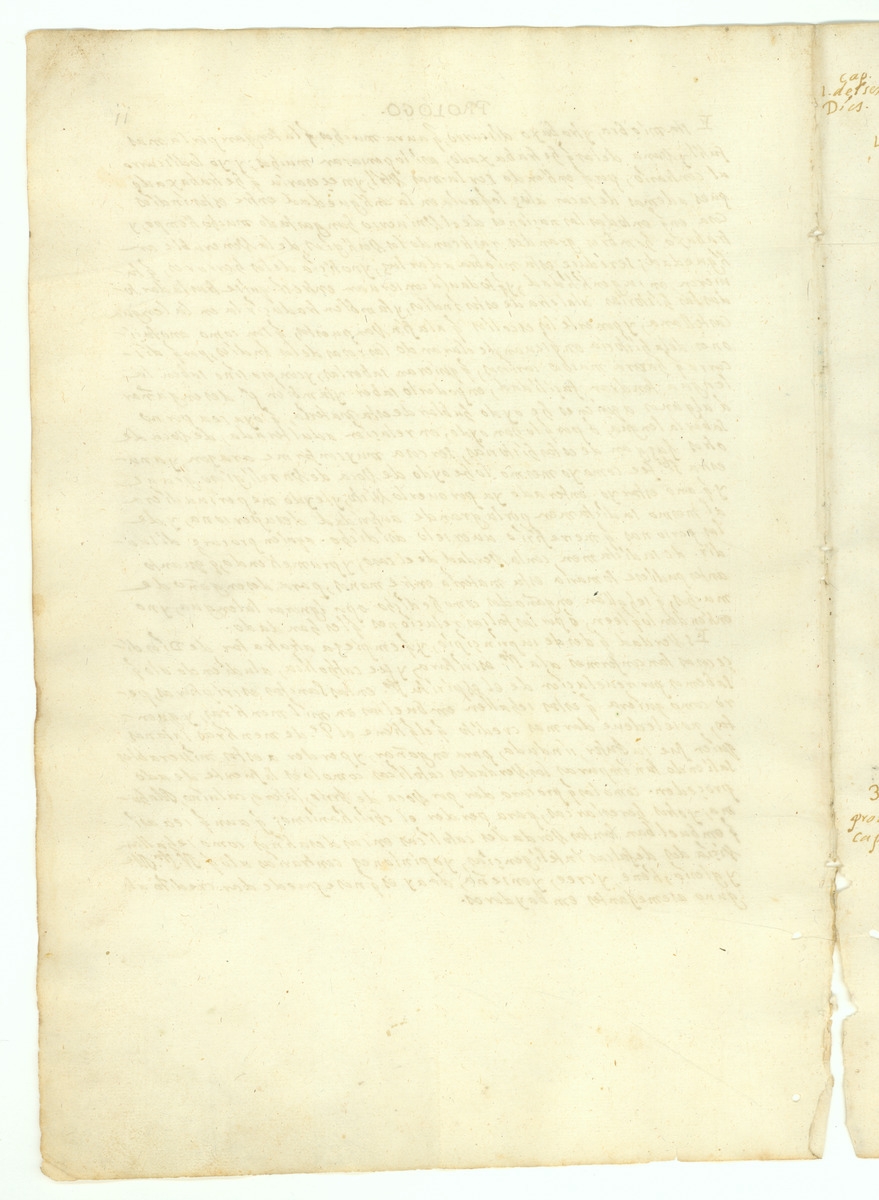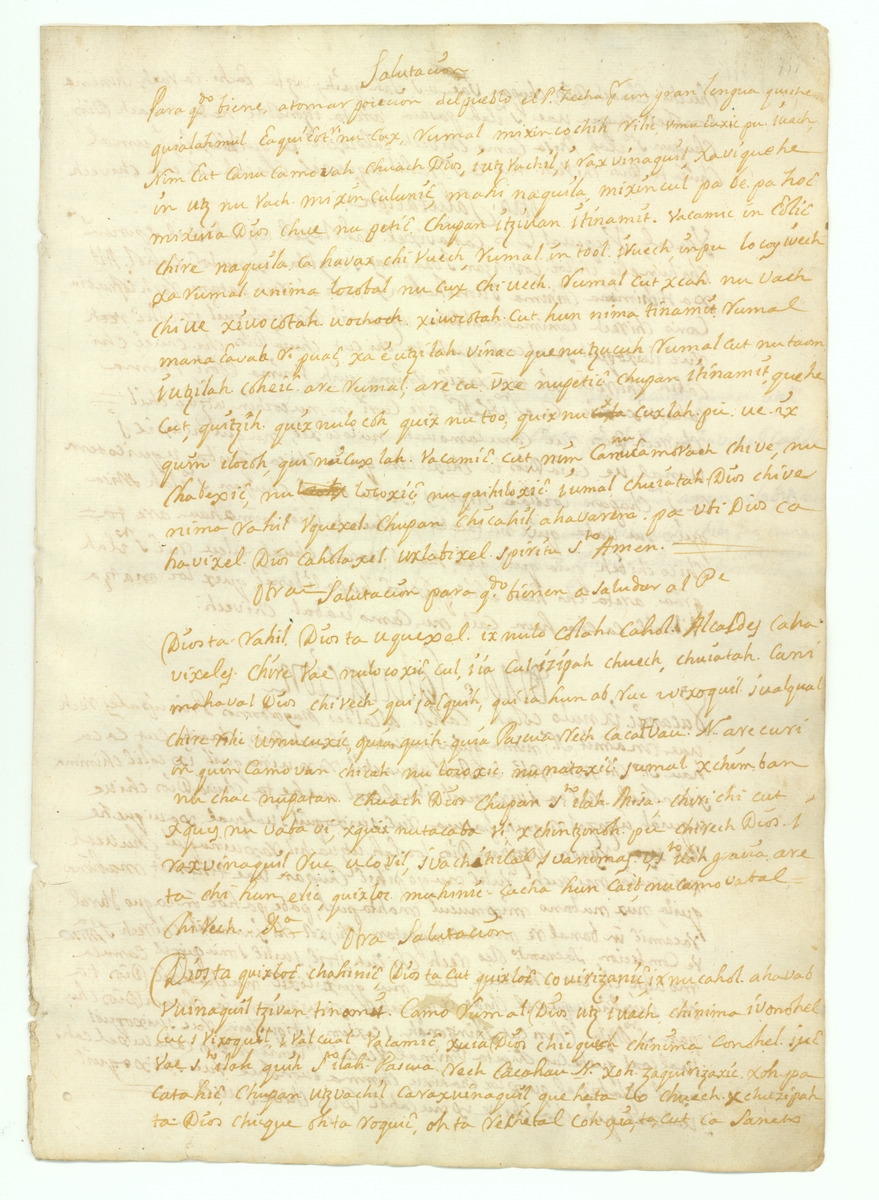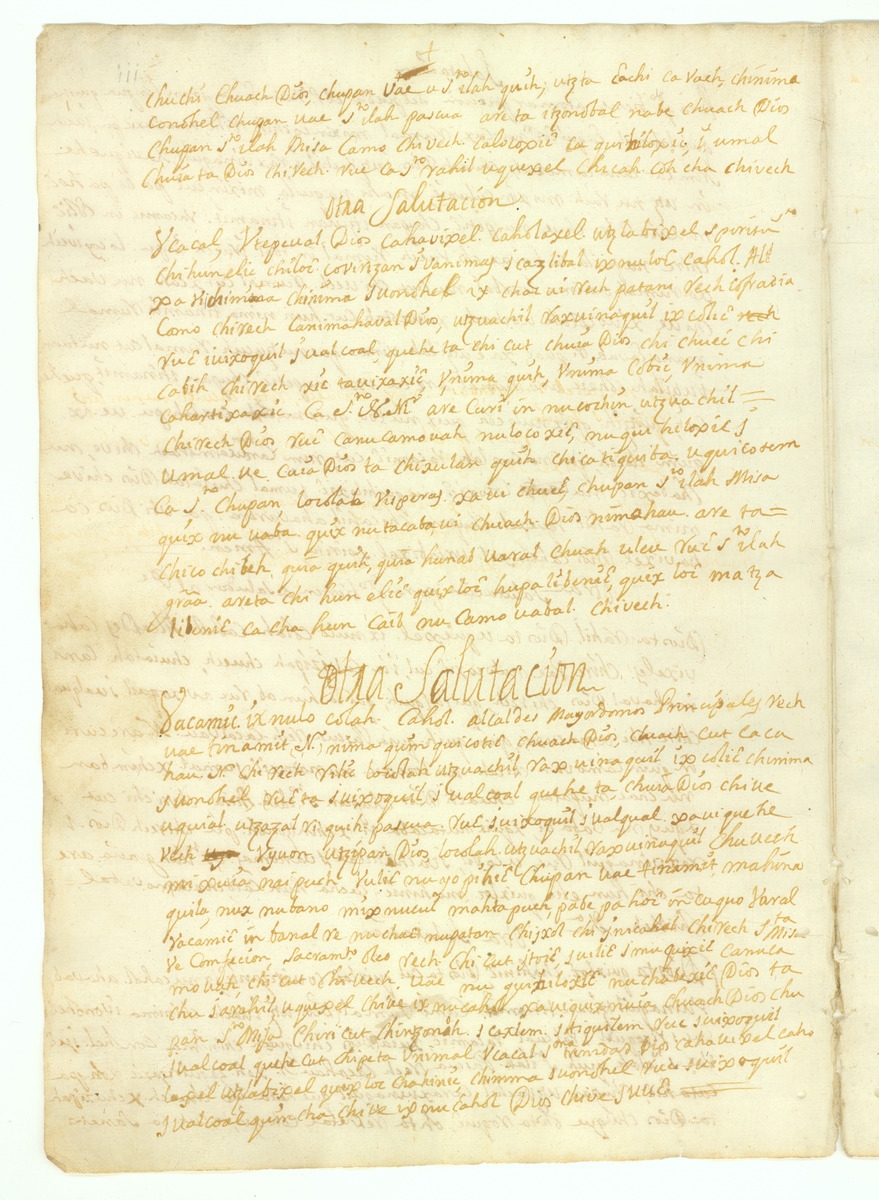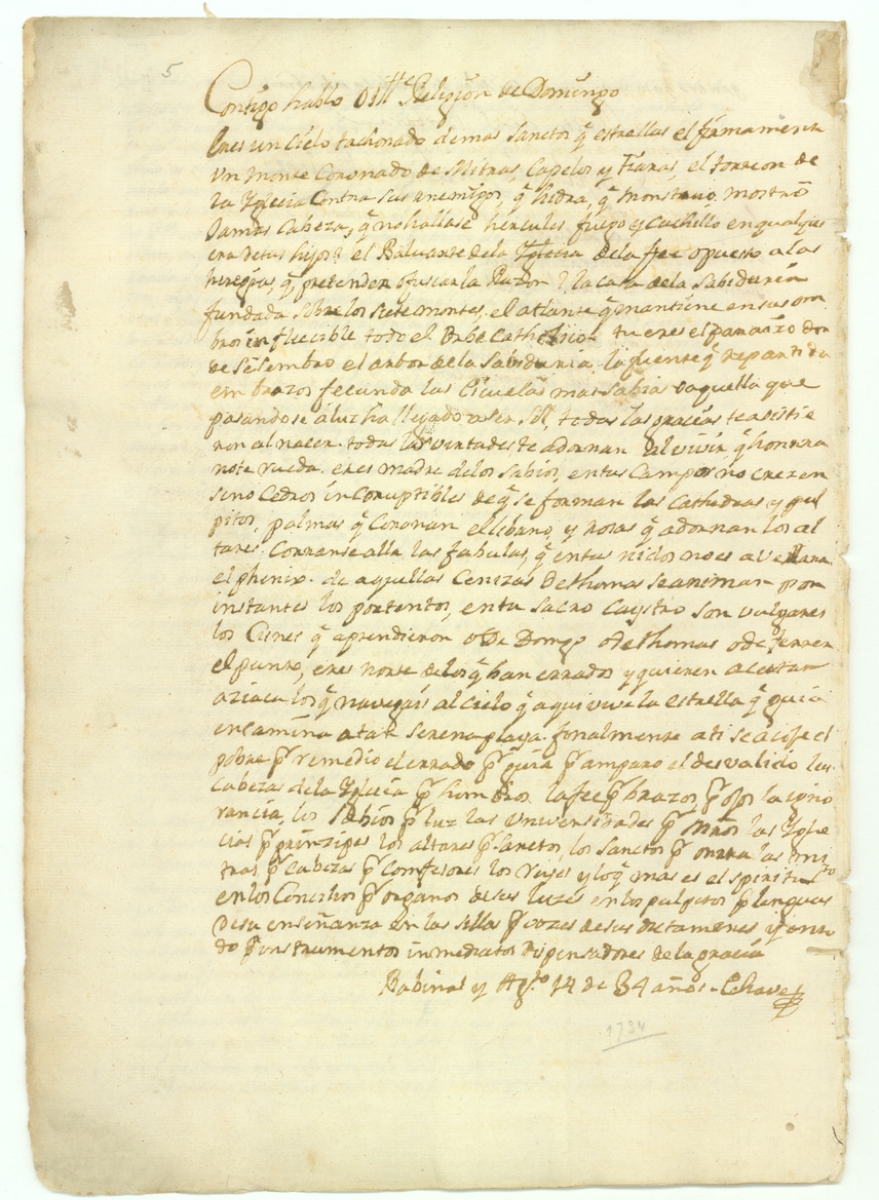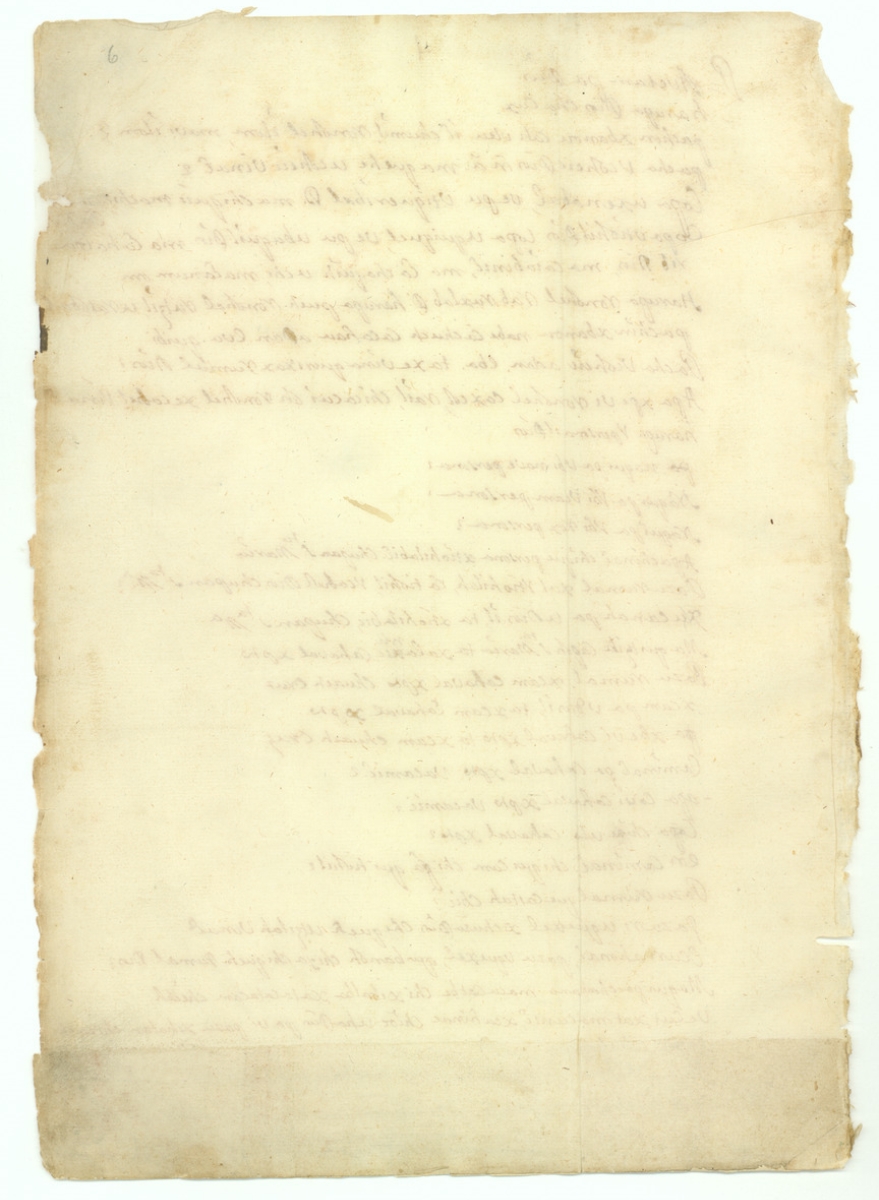About
The Pupul Vuh is a manuscript created by Father Francisco Ximenez some time between 1700-1703. It is located at the Newberry Library in Chicago, IL, with the shelfmark Vault Ayer MS 1515. This document contains one of the only written records of Mayan spiritual beliefs and mythology. The digital facsimile edition was made available from the World Digital Library, which is part of the U.S. Library of Congress.
Source: OMNIKA
From The Newberry Library: "The Popul Vuh, which has been translated as Book of the Council, Book of the Community, Book of the People, and The Sacred Book, is the creation account of the Quiché Mayan people. “Popol” is also defined as “woven mat,” and “Vuh” (Vuj) as “book.” The textweaves together Mayan stories concerning cosmologies, origins, traditions, and spiritual histories. It is considered by many Mayans as their equivalent to the Christian Bible and is held in deep reverence by them." The first page reads: "[Here] begin the histories of the origin of the Indians of this province of Guatemala. Translated from the Quiché language into Castillian for the convenience of the ministers of the holy gospel by the R[everend] P[adre] F[riar] Francísco Ximénez, doctrinal priest of the royal council of Santo Tomás Chilá."
From World Digital Library: "The Popol Vuh, which has been translated as Book of the Council, Book of the Community, Book of the People, and The Sacred Book, is the creation account of the K’iche’ or Quiché Mayan people of present-day Guatemala. Popol is also defined as “woven mat,” and vuh or vuj as “book.” The text weaves together Mayan stories concerning cosmologies, origins, traditions, and spiritual histories that explain the creation of the world, the origins and early migrations of Central American Indians, and their history and traditions, and that provide a chronology of the last Quiché kings and rulers. The text is considered by many Mayans as their equivalent of the Christian Bible and is held by them in deep reverence. The Newberry’s manuscript of the Popol Vuh is one of the most widely known and possibly the earliest surviving copy. It was transcribed between 1700 and 1715 in Chichicastenango, Guatemala, by the Dominican priest Francisco Ximénez (1666–circa 1722). A linguist, Ximénez was interested in the native Quiché (or K’iche’) language. Some scholars believe that Ximénez’s copy was derived from an earlier version, probably prepared in the 16th century by a native speaker who had been taught Latin characters. The earlier forms of the text were codices or screenfolds with glyphs as aides-memoires. Screenfolds were long strips of bark paper, cotton, or leather that folded into accordion pleats, and glyphs were symbols that conveyed information nonverbally. Ximénez’s transcription uses Latin script to present the Quiché original and gives a side-by-side translation into Spanish. The text, which almost appears to be free verse, was clearly designed to be presented orally. Ximénez’s transcription of the Quiché is studded with corrections. It is possible that the text was recited, possibly by as many as three people, which would account for some of the repetition and strike-outs. The manuscript has a second text, "Escolios a la historia de el origen de los indios," consisting of six leaves at the end, containing Ximénez's comments on the history as well as fragments of a confession, and a concluding rhetorical address praising the Dominican Order, dated August 14, 1734, and signed "Echave.""
Source: Author or Publisher
expand_more Read more Read less
Access
Read for free
External sources
Primary
Myth
Deities first created the world and made humans from clay, then wood. These humans were emotionless and destroyed by the deities in a flood, who turn them into monkeys. Later, the first four people are made and named after the Jaguar animal.
Belief system

Mayan religion refers to the spiritual beliefs and customs of some indigenous people from Mesoamerica, mainly Mexico and Guatemala.
Deity
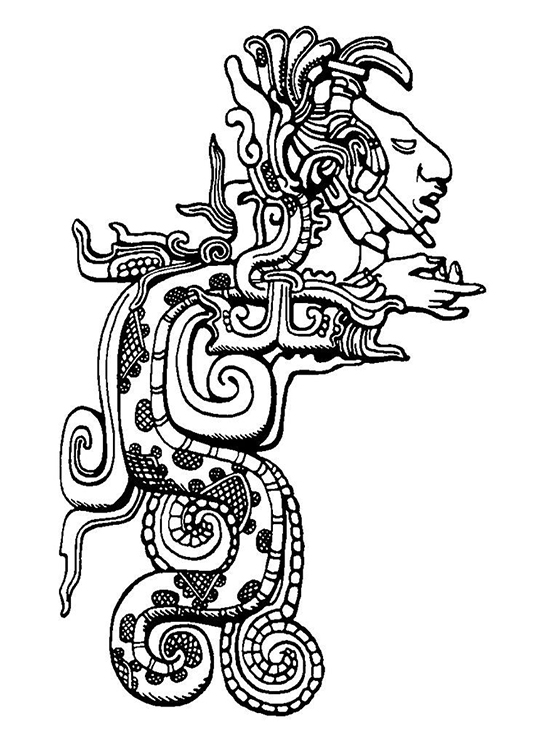
Kukulkan was one of the main deities in Mayan religion and traditionally depicted as a feathered serpent. A pyramid at Chichen Itza, Mexico, is devoted to Kukulkan.
Translation
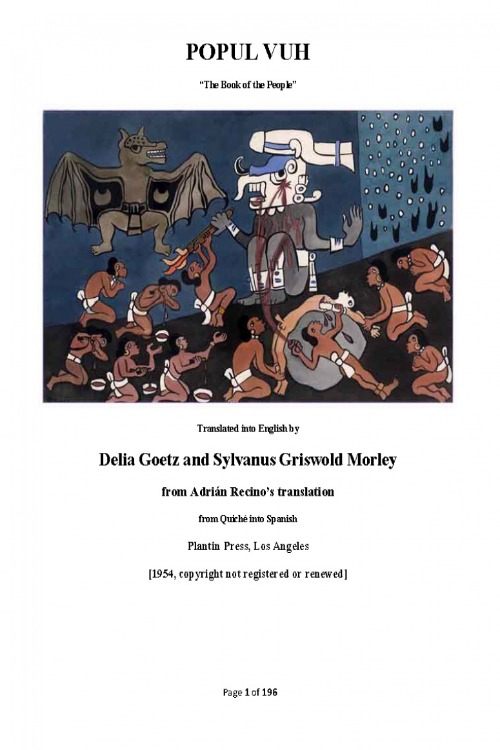
"Popol Vuh" is a partial English translation of the Popul Vuh creation and flood myth. It was released in 1954 by Delia Goetz and Sylvanus G. Morley, and, with the help of Spanish editor Adrián Recinos. It contains text of the first English translation of the myth (it was first published as a book in 1950, cf. bibliography). This text portion was seemingly released in the public domain due to no copyright being registered or renewed.
Myths cited
It looks like only the main myth was referenced in this work.
Belief systems cited
It looks like only the main belief system was referenced in this work.
Artifacts cited
Other works
Manuscript · 2017
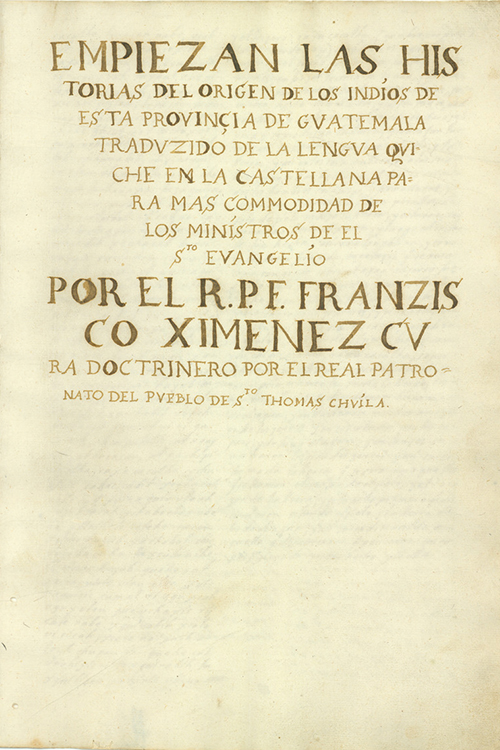
The Pupul Vuh is a manuscript created by Father Francisco Ximenez some time between 1700-1703. It is located at the Newberry Library in Chicago, IL, with the shelfmark Vault Ayer MS 1515. This document contains one of the only written records of Mayan spiritual beliefs and mythology. The digital facsimile edition was made available from the World Digital Library, which is part of the U.S. Library of Congress.
Journal article · 1908
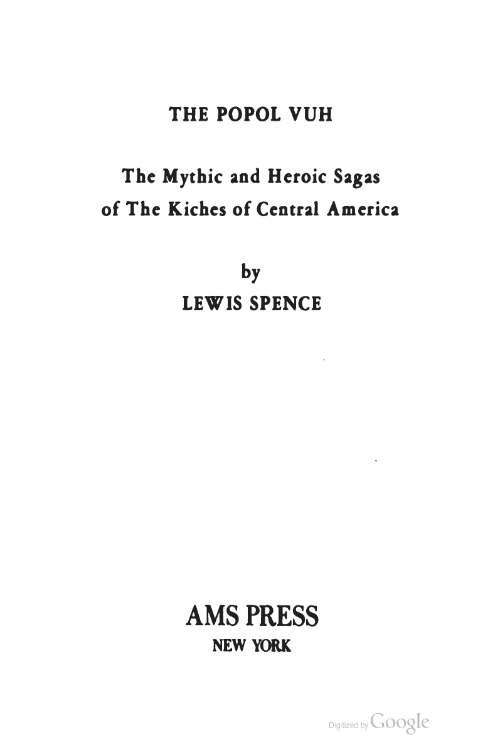
Lewis Spence's long "Popol Vuh" piece from 1908 is one of the earliest expressions of interest in the Mayan collection of myths and legends. Spence was an occult folklorist and journalist who likely helped bring attention to the Father Francisco Ximénez manuscript from ca. 1700-1703; which, by 1947, would result in serious scholarly interest in the work.
Book · 1947
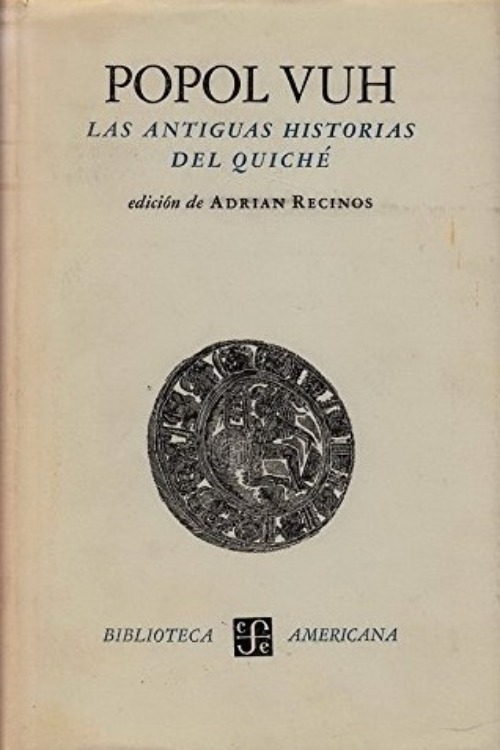
The first edition of Popol Vuh by Adrián Recinos is an important Spanish work for Mayan studies. Recinos' translation of the Mayan "Book of the People" paved the way for scholars, such as Delia Goetz and Sylvanus G. Morley, to publish English translations in 1950 and 1954. Recinos was also the editor for the subsequent English translations. This translation is based on Father Francisco Ximénez's manuscript from ca. 1700-1703.
Book · 1950
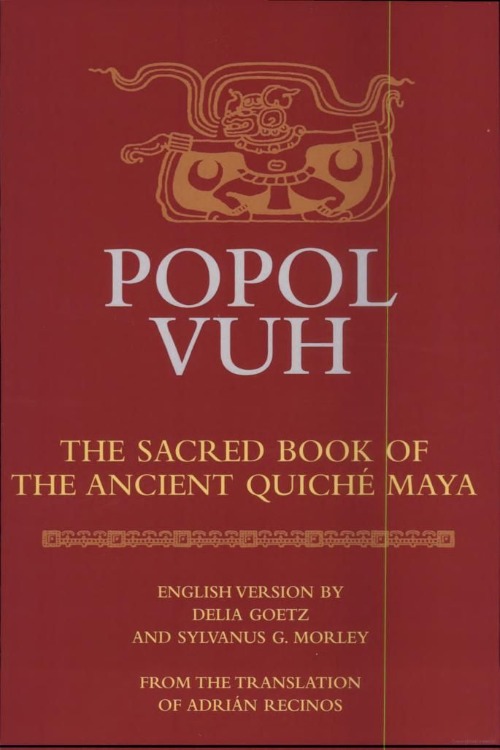
The Goetz and Morley translation of the Popol Vuh text was the first English translation, completed in 1950. The authors also released the text of the book in 1954 under a non-renewed copyright license. This work lists the major books of the Mayan "Book of the People."
Contributor
Cite this work
ChicagoXiménez, Francisco. "Popol Vuh [Digital facsimile]: Transcription in Quiché Mayan and Translation into Spanish." Original manuscript in Vault Ayer MS 1515 / Popol Vuh, ca. 1700-1703. Manuscript. Edward E. Ayer Collection, fourth floor, The Newberry Library, Chicago, IL. Digital facsimile from World Digital Library [website]. Updated July 31, 2017. https://www.wdl.org/en/item/19995. Accessed June 19, 2020.


